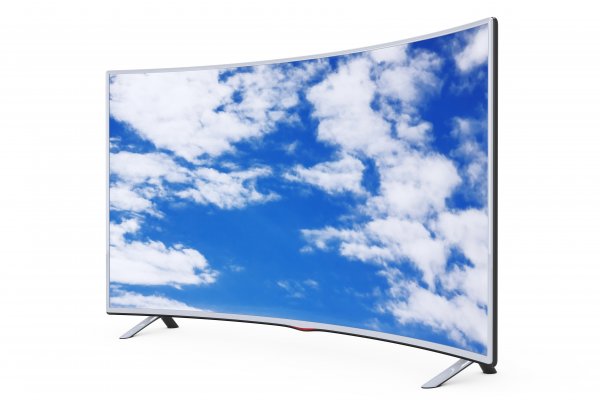If you own, you’ve bought or even just browsed for a TV in this last decade, the notions of OLED and LED LCD displays are most likely familiar to you. The battle used to be carried between LCD and Plasma, but the latter lost the fight in the light of these new technologies. Display-wise, most TVs nowadays are based on one of these two technologies, LED LCD and OLED. They are both capable of delivering an astonishing picture quality, they both support 4K resolution, yet they’re a bit different, both in how they function and more visible, in their price.
So what’s the deal with LCD and OLED TVs and which one is better?
There are several names for LED LCD (liquid crystal display) technology, from simply LED, to Quantum Dot LED, SUHD, Super UHD. But they all refer to the same type of technology, in which the pixels are illuminated from the back, by LEDs.
With OLED (organic light emitting diode) TVs, which are usually more expensive and sought for, each pixel produces is own light. LED LCD technology is also called ‘transmissive’ and the OLED one, ‘emissive’.
Comparison. Pros and Cons for OLED and LED
Because in OLED TVs the pixels are independently lit and OLEDs create light, rather than block it, the OLED TVs have better viewing angles than LED TVs. That means that no matter where you stand towards the TV, you can still see the image very good.
On the other hand, although both types are bright enough in any conditions, when it comes to the level of brightness for the whole screen, LED TVs are a bit brighter than OLEDs.
The refresh rate translates into an image with reduced or no motion blur/lag. Both types are the same when it comes to it, because you can find both OLED and LED TVs with the same refresh rate. Also, in terms of resolution, both LEDs and OLEDs are equally good, so that’s a tie, too.
Another victory OLEDs have over LEDs is in terms of black levels, or how dark the image can get. Also, when it comes to contrast ratio, which is one of the most important aspects when talking about picture quality, OLED wins once again, having a higher contrast-ratio. The reason why contrast ratio is so important is that it makes everything look more realistic. The higher the contrast ratio, the better.
As for the HDR (high dynamic range) and WCG (wide color gamut), both technologies have equal capabilities.
LED TVs take the lead when it comes to energy efficiency, with a lower energy consumption than OLEDs, although both types have a pretty low consumption anyway. LED TVs are also cheaper to make and slightly more durable than OLEDs and they are also more affordable. OLED is more of a luxury and although it seems to obtain a better score when it comes to the overall picture quality, it does have its flaws. Neither of the two technologies is perfect, both have its pros and cons. Also, personal preferences play a very important role when it comes to choosing between OLED or LED TVs, so it is safe to go with either of them, as long as you choose a good product that looks better in your eyes.





